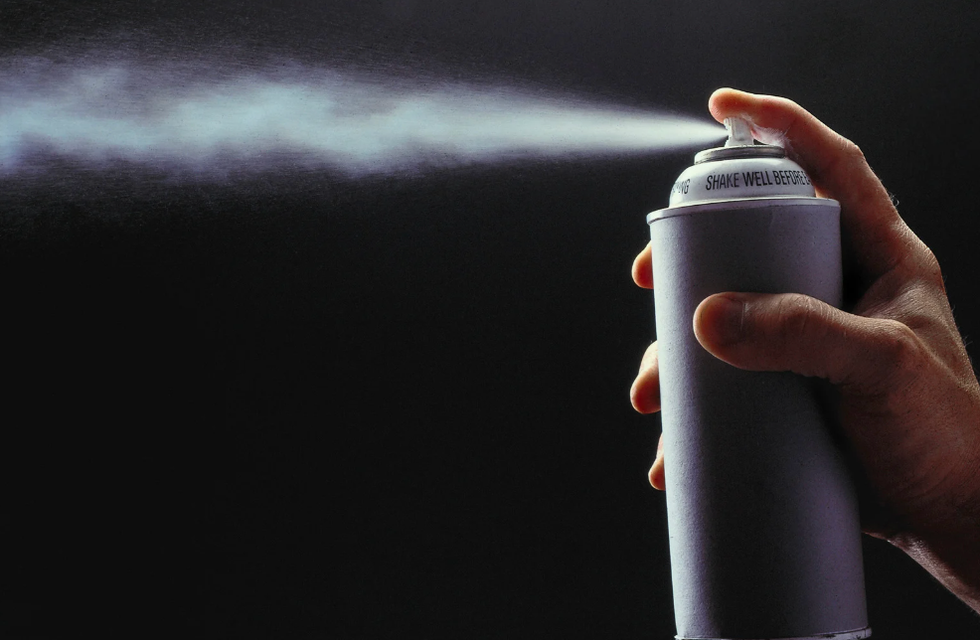You’re probably not going to get the telltale skin lesions and dementia of pellagra, the illness linked to corn-heavy diets in poor Southern towns because that disease was all but eradicated in the 1940s with vitamin-fortified diets. Processing corn so that the niacin present in it would be unbound was found to be effective in beating pellagra. And you’re probably not going to cannibalize your young either.
But that’s what happened with wild hamsters in a recent study at the University of Strasbourg in eastern France. Biology researcher Mathilde Tissier witnessed the terrifying scene worthy of a horror movie while researching the decline of the hamsters’ Eurasian range. Something was amiss. Tissier recounted watching mother hamsters pile their young into piles of corn that were stored for later consumption in their cages before eating the babies alive.
“I thought I had done something wrong,” she told Science News.
It’s not exactly the same thing, but the hamsters may have developed a pellagra-like dementia that caused them to eat their babies. And it may be happening in the wild, too, where cornfields are increasingly common in France. In Europe, France is second in corn production only to the Ukraine.
Corn is more than a staple in the United States. America is first in the world in corn production, growing nearly a third of the entire world’s yield. It is the most subsidized crop. Diets heavy in high fructose corn syrup have been linked to obesity and diabetes, which costs the United States $245 billion a year.
Corn is in everything from yogurt and bread (corn syrup) to toothpaste (sorbitol is regularly derived from corn) to makeup products (zea mays) to milk (fortified with vitamin D from corn) to shampoo to the ethanol in alterative fuel cars.
Much has been written about America’s addiction to subsidy-fueled corn, and award-winning documentaries have been made on the topic. Hopefully, horror movies inspired by real life corn-mad cannibals aren’t on the horizon.
















 Freddie Mercury GIF by Queen
Freddie Mercury GIF by Queen File:Statue of Freddie Mercury in Montreux 2005-07-15.jpg - Wikipedia
File:Statue of Freddie Mercury in Montreux 2005-07-15.jpg - Wikipedia
 The hole in the ozone layer in 2015.Photo credit: Wikimedia Commons
The hole in the ozone layer in 2015.Photo credit: Wikimedia Commons In the 1980s, CFCs found in products like aerosol spray cans were found to cause harm to our ozone layer.Photo credit: Canva
In the 1980s, CFCs found in products like aerosol spray cans were found to cause harm to our ozone layer.Photo credit: Canva Group photo taken at the 30th Anniversary of the Montreal Protocol. From left to right: Paul Newman (NASA), Susan Solomon (MIT), Michael Kurylo (NASA), Richard Stolarski (John Hopkins University), Sophie Godin (CNRS/LATMOS), Guy Brasseur (MPI-M and NCAR), and Irina Petropavlovskikh (NOAA)Photo credit: Wikimedia Commons
Group photo taken at the 30th Anniversary of the Montreal Protocol. From left to right: Paul Newman (NASA), Susan Solomon (MIT), Michael Kurylo (NASA), Richard Stolarski (John Hopkins University), Sophie Godin (CNRS/LATMOS), Guy Brasseur (MPI-M and NCAR), and Irina Petropavlovskikh (NOAA)Photo credit: Wikimedia Commons
 Getting older means you're more comfortable being you.Photo credit: Canva
Getting older means you're more comfortable being you.Photo credit: Canva Older folks offer plenty to young professionals.Photo credit: Canva
Older folks offer plenty to young professionals.Photo credit: Canva Eff it, be happy.Photo credit: Canva
Eff it, be happy.Photo credit: Canva Got migraines? You might age out of them.Photo credit: Canva
Got migraines? You might age out of them.Photo credit: Canva Old age doesn't mean intimacy dies.Photo credit: Canva
Old age doesn't mean intimacy dies.Photo credit: Canva
 Theresa Malkiel
commons.wikimedia.org
Theresa Malkiel
commons.wikimedia.org
 Six Shirtwaist Strike women in 1909
Six Shirtwaist Strike women in 1909
 University President Eric Berton hopes to encourage additional climate research.Photo credit: LinkedIn
University President Eric Berton hopes to encourage additional climate research.Photo credit: LinkedIn
 Image by Ildar Sajdejev via GNU Free License | Know your rights.
Image by Ildar Sajdejev via GNU Free License | Know your rights.